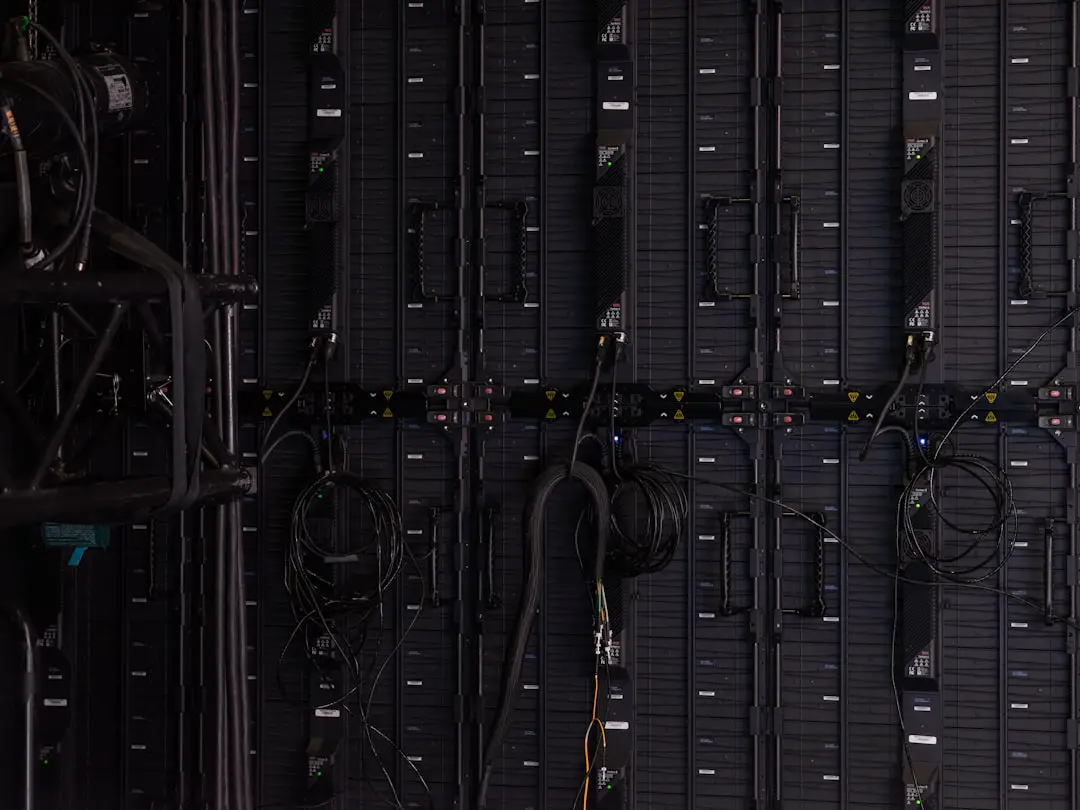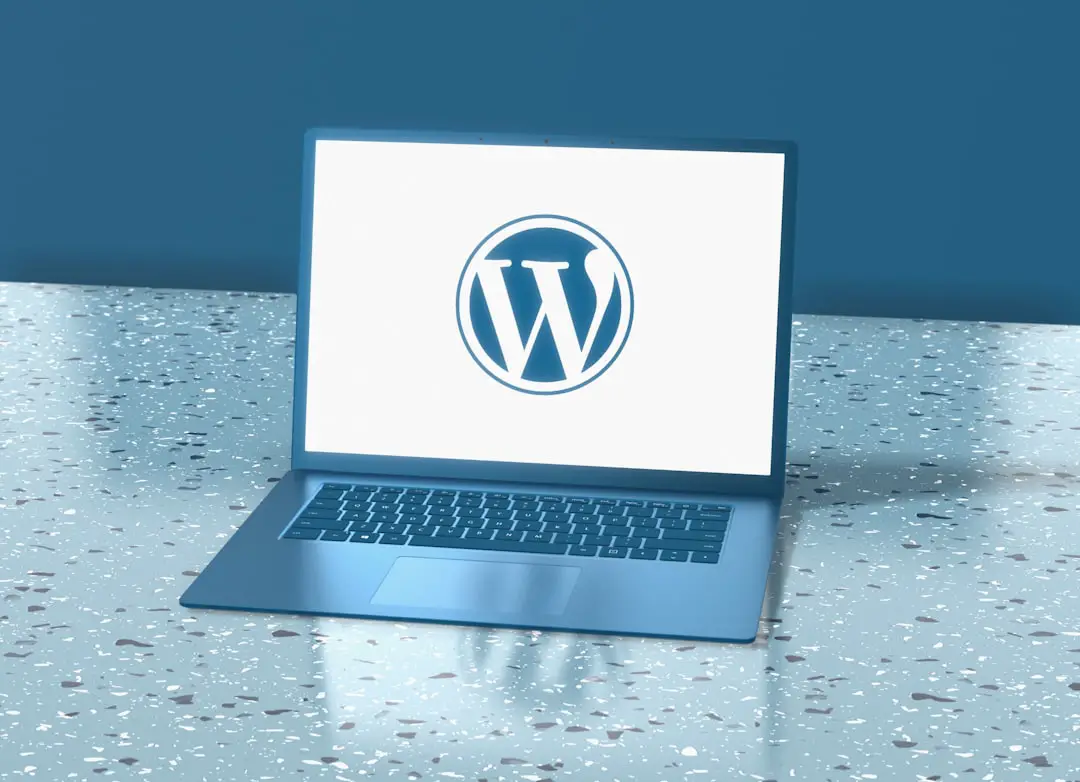In the constantly evolving world of digital presence, website speed and stability play a vital role in ensuring both strong search engine rankings and an excellent user experience. For WordPress users, deploying a Content Delivery Network (CDN) is a highly recommended practice to enhance site performance across geographical boundaries. However, simply installing a CDN is not enough—setting it up properly is essential if one intends to fully reap the benefits for SEO and user engagement.
What is a CDN?
A Content Delivery Network (CDN) is a global network of servers that cache and deliver website content to users based on their geographical proximity to the nearest server node. Instead of every visitor accessing content from the original server (which may be located far away), a CDN redirects them to the nearest server, significantly reducing load times.
This is particularly beneficial for WordPress sites that feature a lot of static assets such as images, videos, JavaScript, and CSS files. Faster delivery of these elements enhances the overall user experience and reflects positively in search engine rankings.
Why Proper CDN Settings Matter
While activating a CDN is a significant first step, improperly configured settings can negate its benefits—or worse, cause new issues. Below are several key reasons why correct CDN configuration is crucial for both SEO and user experience.
1. Improved Page Load Speed
Google has consistently emphasized the importance of page speed in its ranking algorithms. A faster-loading site not only enhances SEO but also decreases bounce rates.
Incorrect CDN settings, such as failure to cache important static resources or not enabling compression, can hinder these load time improvements. The CDN must be set to deliver the maximum cacheable content while maintaining freshness standards so that updates are not delayed to end users.

2. Enhanced User Experience
Modern users expect websites to load in under three seconds. Delays create friction and often cause users to abandon the site. Proper CDN settings ensure that end users receive cached versions of your site’s resources promptly, regardless of where they are accessing it from.
Features such as HTTP/2, TLS protocols, and Brotli compression—when configured correctly—can shave critical milliseconds off page load times and foster better mobile experience. Additionally, browser caching policies can be extended using CDN controls, reducing repeat load times for visitors.
3. Reduced Server Load and Downtime
CDNs reduce the burden on the origin web server by offloading traffic to various edge nodes. However, improper configurations—such as skipping dynamic content rules or not enabling the appropriate cache-control headers—may cause unnecessary roundtrips to the origin server.
When server resources are overwhelmed, it can result in downtime and negatively impact SEO. Google bots encountering a slow or unavailable site may drop it from SERPs or penalize its rankings.
4. Better Availability Across Geographic Regions
Without a CDN, users located far from the origin server may experience sluggish performance. Proper CDN settings ensure that assets are pulled from the nearest edge node, significantly reducing time-to-first-byte (TTFB) and delivering a consistent experience across borders.

Moreover, multi-regional reach can influence your site’s visibility in local search results. Faster localized access increases dwell time and user interaction, both of which feed into Google’s user-centric algorithm signals.
5. SEO Integrity with Canonical Headers and URL Consistency
One of the most overlooked aspects of incorrect CDN setup is duplicated content across different CDN URLs. This can potentially confuse search engines, leading to cannibalized SEO rankings.
To avoid this, always ensure canonical tags are properly configured to point to the main domain, not the CDN subdomain. Additionally, choose a CDN provider that supports origin-pull without changing resource URLs. If you must use a CDN subdomain, make sure search engine indexing rules (like meta tags and robots.txt) are honored across both origin and CDN endpoints.
Key Elements of Proper WordPress CDN Setup
To take full advantage of a CDN while protecting SEO and enhancing user experience, WordPress users should pay special attention to the following:
- Minification and Compression: Enable HTML, CSS, and JS minification along with Brotli or Gzip compression.
- Image Optimization: Use CDN image processing features like resizing, format conversion (e.g., WebP), and lazy loading.
- HTTPS and TLS: Ensure secure delivery through proper SSL configuration across all CDN-served resources.
- Cache Control: Set appropriate cache lifetimes for static and dynamic content, and implement purge protocols for frequent updates.
- Custom Rules: Exclude sensitive or geolocation-dependent content (like eCommerce carts) from being cached.
How to Integrate a CDN with Your WordPress Site
Integrating a CDN with a WordPress site is relatively straightforward thanks to various plugins and platform integrations. Tools like WP Rocket, W3 Total Cache, and CDN Enabler offer seamless connections with popular providers like Cloudflare, StackPath, BunnyCDN, and others.
WordPress users should verify that the plugin and CDN provider supports HTTP/2 or HTTP/3, image optimization, and mobile-specific customization. It’s also vital to test the site using tools like GTmetrix and Google PageSpeed Insights post-implementation to confirm speed gains and address any latency issues.
CDN Monitoring and Maintenance
Once your CDN is configured, ongoing maintenance is necessary. Monitor performance regularly through your CDN dashboard and check error logs for anomalies. Schedule periodic purges to clear outdated resources and apply software or API updates to keep your integration secure.
Furthermore, evaluate Google Search Console for any crawl errors associated with CDN URLs and set up 301 redirects or canonical headers where needed. SEO should not be a one-time configuration but a continually monitored strategy for performance and discoverability.
Conclusion
Deploying a CDN for a WordPress site offers considerable advantages for both performance and SEO, but these benefits aren’t automatic. Improper configurations can lead to damaging site speed, misindexed pages, and reduced visibility in search engines. By optimizing CDN settings—ensuring cache rules are correctly applied, URLs remain canonical, and resources are efficiently distributed—site owners can dramatically enhance user satisfaction, minimize bounce rates, and elevate their rankings in a competitive digital landscape.
Frequently Asked Questions
-
Q: Do all WordPress sites need a CDN?
A: While not mandatory, using a CDN is highly beneficial for performance and SEO, especially for sites with global traffic or heavy media content. -
Q: Will a CDN negatively affect search engine indexing?
A: No, not if it’s configured correctly with canonical tags and proper rules to prevent duplicate content. -
Q: Can I use a free CDN?
A: Yes. Providers like Cloudflare offer free tiers that work well for basic sites, though premium features like image optimization and advanced controls may require a subscription. -
Q: How can I tell if my CDN is working properly?
A: Tools like GTmetrix, Pingdom, and your CDN dashboard can confirm cache status, TTFB reduction, and overall speed improvements. -
Q: Will enabling a CDN affect my site’s SSL or HTTPS certificate?
A: It can—CDN services must be integrated with your SSL settings, and you should ensure that HTTPS is properly configured both at the origin and the CDN level to avoid security warnings.

